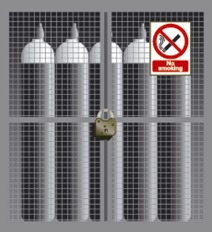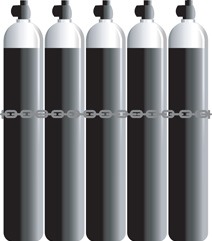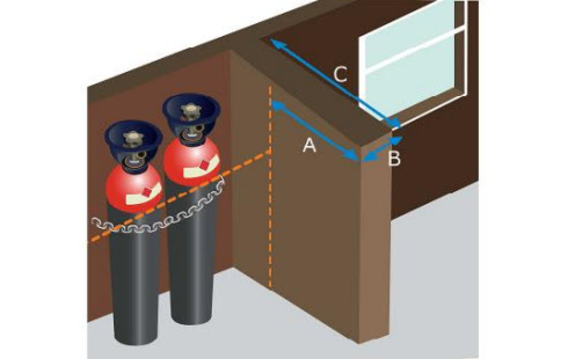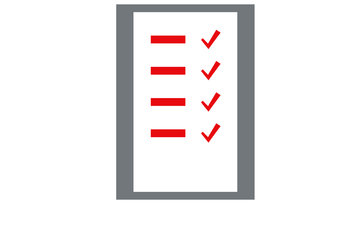- Official BOC UK Online | Industrial Gases | Products & Solutions | BOConline UK
-
Shop
- Industries
- Processes
- Gases & Equipment
-
Solutions
-
Services
-
Health & Safety
-
Contact & Support
- What's Happening
-
Net Zero Strategies
Storing Gas Cylinders
Some gas cylinders may be large, heavy and relatively unstable due to the small base-diameter to height ratio
Gas cylinder storage
Compressed, refrigerated and/or liquefied gas cylinders shall be stored in accordance with BCGA CoP 44. Where only LPG cylinders are held, store these in accordance with Liquid Gas UK CoP 7. Medical gas cylinders must be stored according to HTMO2 guidelines (Health and Safety at Work Act 1974).







